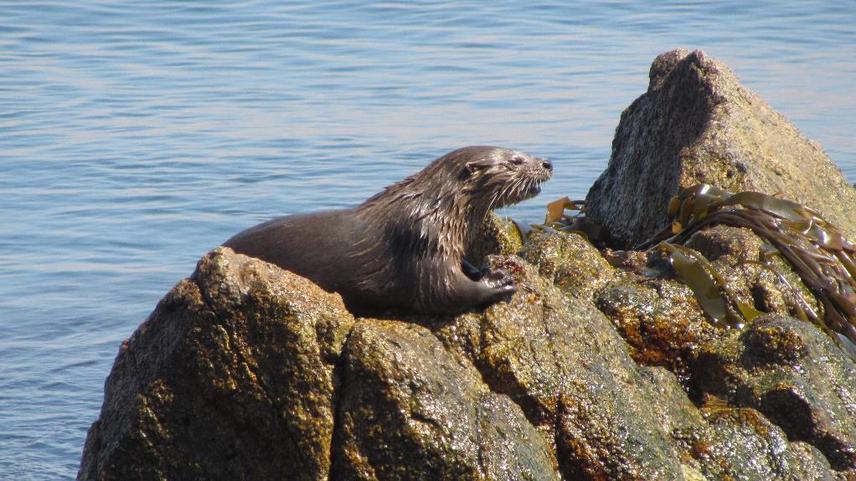Clara Andrea Ortiz Alvarez
This project will conduct a mitochondrial DNA analysis of the marine otter population along the Peru coast and provide a population trend assessment based upon transect

Marine otters spotted in San Nicolas, Ica.
This project will assess genetic diversity base upon mitochondrial markers and will provide a population trend resulting from censuses of otters signs (otters, scats and food remnants). Analyses will produce information about marine otter population and gene flow between locations, reflecting migration patterns of the species – information of importance for conservation management. Field surveys are also intended to identify existing or new anthropogenic threats and to determine if marine otters prefer fishing port surroundings (especially those with artificial breakwaters) as they may offer shelter and a source of food. Furthermore, the project will integrate an environmental education component to create awareness about marine otters along the Peru coast. We plan to visit local schools and work with teachers to organize talks with children of different ages.
The main focus during talks will be to promote awareness of marine otter conservation, topics to include would be: the role and importance of marine otter for the environment and conservation topics. Important topics covering other marine species will also be included as well as bycatch and contamination. Project outcomes would be the production of valuable updated baseline marine otter population information useful toward promoting and reinforcing species management plans in Peru. This project will also develop a partnership between private NGOs and local institutions capable of conducting future projects in conservation genetics, simultaneously building local capacity and reducing sample export challenges.